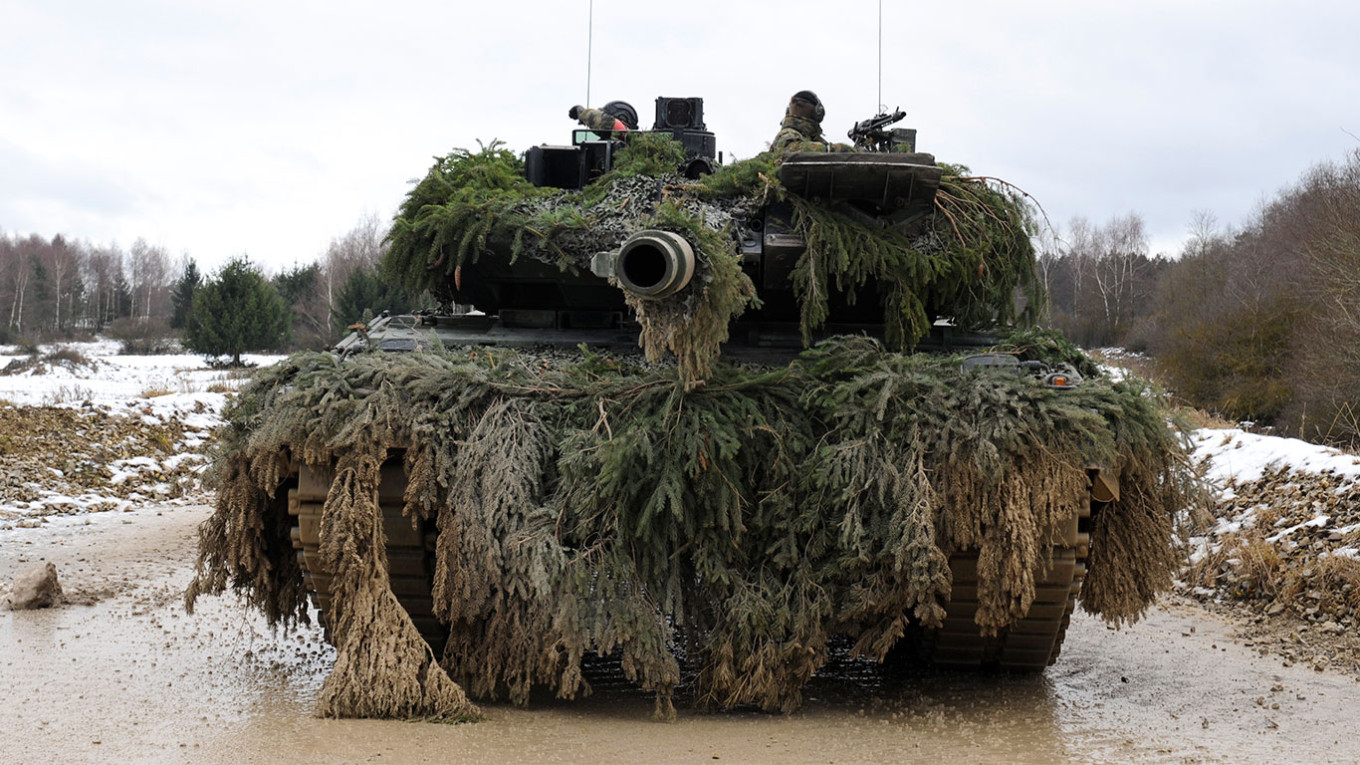While Russia accounted for 22% of global arms sales in 2013-17, that figure dropped to 16% in 2018-22.
The country’s arms exports fell by 31% over the same period, according to SIPRI.
India, the largest buyer of Russian weapons, imported 37% fewer arms from Russia between 2013-17 and 2018-22. Seven of Russia’s other top arms recipients averaged 59% fewer imports.
China and Egypt were the only two top buyers to increase arms purchases from Russia, at 39% and 44% respectively, making them the second and third largest importers of Russian arms.
Five-year periods give a more stable measure of arms transfer trends as deliveries can fluctuate on a year-to-year basis, SIPRI said.
Russia’s invasion of Ukraine will likely further limit its arms exports because the Kremlin “will prioritize supplying its armed forces and demand from other states will remain low due to trade sanctions” as well as pressure by the United States and its allies to avoid buying Russian arms, said SIPRI’s senior researcher Siemon Wezeman.
The decline has widened Russia’s gap with the U.S. — which dominates global arms exports at 40% — and narrowed Moscow’s gap with the world’s third-biggest arms exporter France, whose market share increased from 7.1% to 11%.
Ukraine became the world’s third-largest arms importer, accounting for 2% of the global share in 2022, as a result of U.S. and EU military aid.
European countries have increased major arms imports by 47% as tensions with Russia have risen since its invasion of Ukraine.
Global international arms transfers grew 5.1% overall, SIPRI said.
Source:themoscowtimes.com/2023/03/13/
